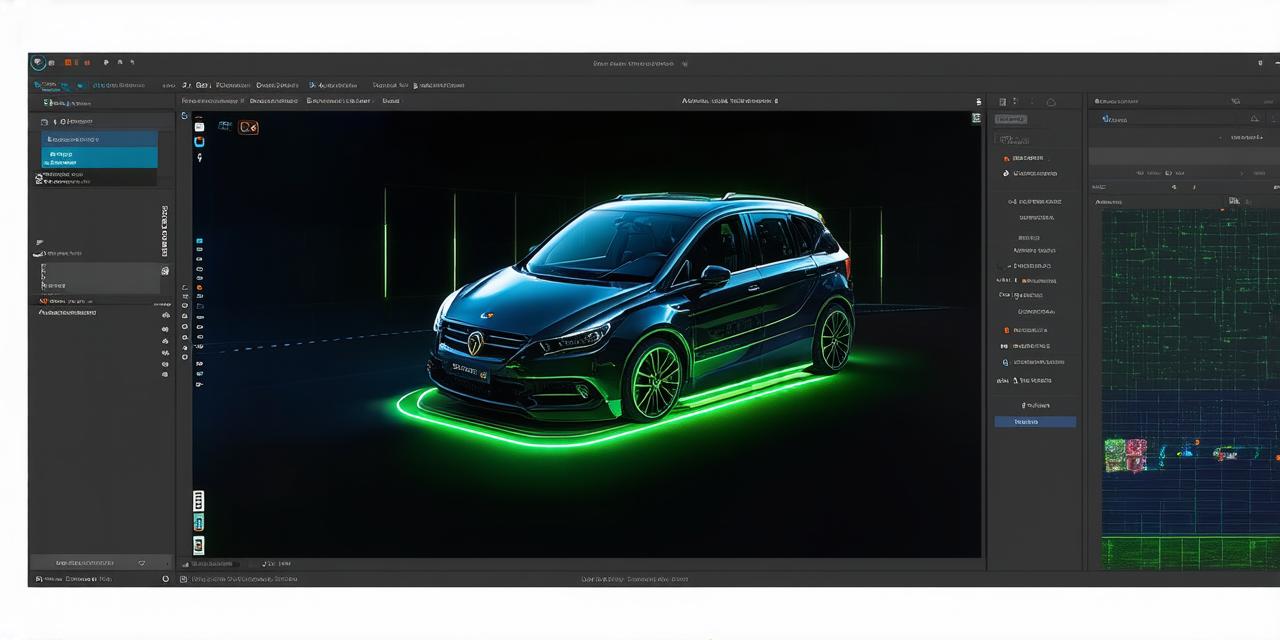As an Android Studio developer, you understand the importance of creating user-friendly and engaging applications that meet your users’ needs. One feature that can greatly enhance the user experience is a wishlist feature, which allows users to save items they are interested in for later use.
Why Develop a Wishlist Feature?
Before diving into the technical aspects of developing a wishlist feature, let’s explore why it is important for your app. A wishlist feature can provide several benefits:
- Improved user experience: Users appreciate the ability to save items they are interested in and return to them later. This can improve their overall experience with your app and increase their likelihood of using it again.
- Increased engagement: Wishlist features can be a great way to keep users engaged with your app, even if they don’t need to use it right away. By providing them with the ability to save items for later, you can encourage them to continue using your app and interacting with its content.
- Competitive advantage: A wishlist feature can give your app a competitive edge over similar apps that do not offer this feature. This can help attract new users and differentiate your app from others in the marketplace.
- Choose a database: To store users’ wishlists, you will need to choose a database. Android Studio provides several options for databases, including SQLite, Realm, and Firebase Firestore. Each has its own pros and cons, so consider your app’s needs and choose the one that best fits your requirements.
- Create a User interface: To implement the wishlist feature in your app, you will need to create a user interface (UI) that allows users to save items they are interested in. This could include buttons or icons that users can tap to add an item to their wishlist, as well as a screen that displays their saved items.
- Implement the database: Once you have chosen your database and created your UI, it’s time to implement the database. This will involve creating tables in the database to store users’ wishlists and writing code to save and retrieve data from these tables.
- Add authentication: To ensure that only authorized users can access their wishlist, you will need to add authentication to your app. This could include implementing a login screen or using a third-party authentication service like Google Sign-In.
- Test and debug: Finally, it’s important to thoroughly test and debug your wishlist feature to ensure that it is functioning correctly and providing a smooth user experience.

How to Develop a Wishlist Feature in Android Studio
Now that we have established the importance of a wishlist feature, let’s discuss how to develop one in Android Studio:
